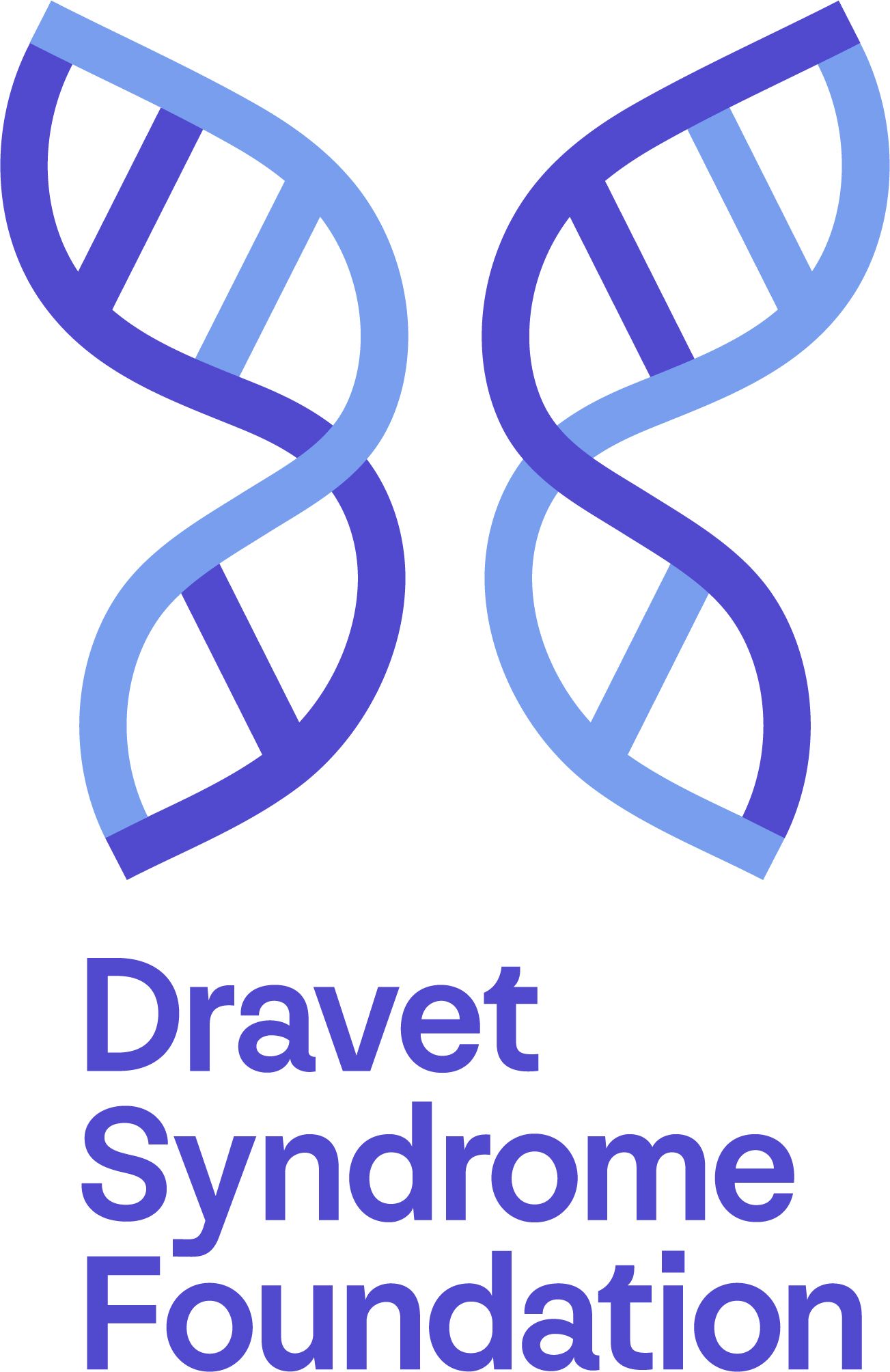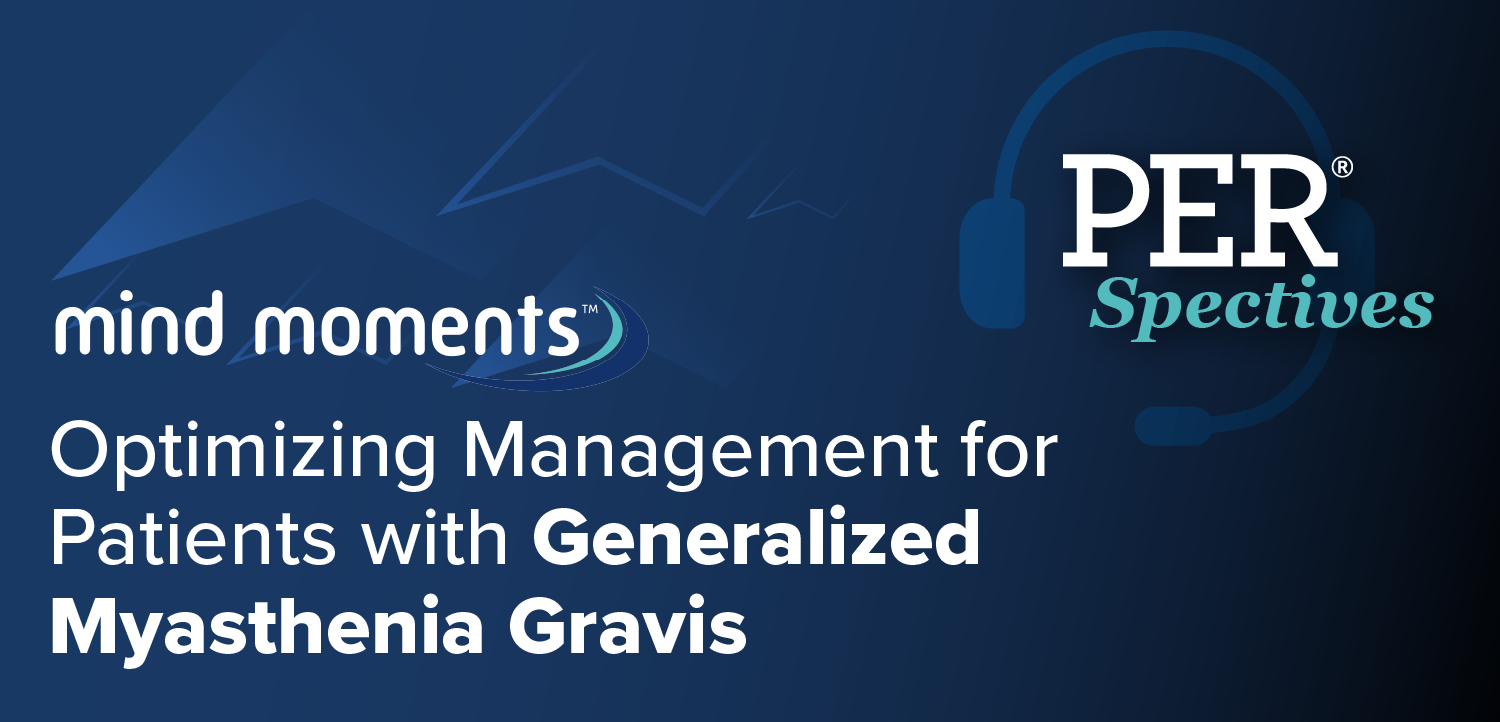
The Changing Landscape of Dravet Syndrome

Veronica Hood, PhD, chief scientific officer at the Dravet Syndrome Foundation, discussed the evolving care landscape of Dravet syndrome, highlighting breakthroughs in precision medicine and promising new therapies for patients.
The First Spark: Identifying Dravet Syndrome
Dravet syndrome (DS) is a severe developmental and epileptic encephalopathy (DEE) that was first described in 1978 by French neurologist Charlotte Dravet ,MD.1 Originally termed severe myoclonic epilepsy of infancy, (SMEI), the name was later updated to reflect the lifelong impact and broader range of seizure types.2,3
Patients were identified based on clinical symptoms—most notably the characteristic onset of prolonged, often febrile, treatment-resistant seizures in otherwise healthy infants. With age, developmental challenges emerge, impacting speech, cognition, motor function, and behavior.4 Patients may also experience autonomic dysfunction, sleep disturbances, and worsening gait.5 DS also carries a high risk of premature mortality, up to 20%, most often because of sudden unexpected death in epilepsy (SUDEP).2,6 Notably, anti-seizure medications classified as sodium channel blockers, such as lamotrigine, often worsened seizures for patients with DS.
Kindling Progress: Building Research and Community
In 2001, researchers discovered the majority of patients with DS carry loss-of-function variants in one copy of the SCN1A gene, which encodes a sodium channel critical for brain function.8 This discovery enabled confirmatory genetic testing to aid in the clinical diagnosis, and opened the door to research aimed at precision medicine. However, nearly a decade later little had changed in the landscape for patient families: no new therapies were in development, diagnoses were still delayed despite the advancements in genetic testing, and research funding was minimal. In 2009, families came together to establish the
Over the following decade, a collaborative community of patient-families, scientists, health care providers, and pharmaceutical innovators began to change the landscape. Scientific discoveries uncovered the molecular and cellular impacts of SCN1A haploinsufficiency and expanded our understanding of the clinical spectrum of symptoms. Between 2018 and 2020, 3 antiseizure medications received FDA-approval for use in DS: stiripentol (Diacomit; Biocodex),10 pharmaceutical-grade cannabidiol (Epidiolex;Jazz Pharmaceuticals),11 and fenfluramine (Fintepla; UCB).12 The development of expert consensus guidelines followed to support diagnosis and evidence-based treatment decisions.13
In 2022, the patient community organized an
Wired for Precision: A New Era in the Treatment of Dravet Syndrome
The momentum in the research space has laid the foundation for a more transformative era as precision medicine becomes a reality. Leveraging the advancements in genetics, molecular biology, and delivery technology, scientists are developing treatments aimed at the underlying haploinsufficiency of SCN1A with the hope to effectively treat seizures as well as the other symptoms of DS and truly modify the entire course of the disease.
The most advanced of these novel therapies, an antisense oligonucleotide (ASO) called zorevunersen (Stoke Therapeutics), is designed to boost SCN1A expression by modifying RNA-splicing.14 Completion of 2 phase 1/2 studies signaled a favorable safety profile and early signs of seizure reduction and developmental gains, providing the first signal of disease modification in DS.15 A pivotal, international
Another approach, ETX101 (Encoded Therapeutics), uses an adeno-associated viral (AAV) vector to deliver an engineered transcription factor that upregulates SCN1A expression.16 This gene therapy is currently in a
Several other genetic-based therapies are in preclinical development and showing strong potential in animal models of DS.17,18 At the same time, the community is working to ensure equitable access to genetic testing, clinical trials, and future therapies. Decades of advocacy and scientific progress have brought us to the threshold of personalized, disease-modifying treatments—and a new chapter in the DS story.
REFERENCES
1. Dravet, C. (1978). Les epilepsies graves de l’enfant. Vie Médicale 1978.
2. Genton P, Velizarova R, Dravet C. Dravet syndrome: the long-term outcome. Epilepsia. 2011;52 Suppl 2:44-49. doi:10.1111/j.1528-1167.2011.03001.x
3. Dravet C. Dravet syndrome history. Dev Med Child Neurol. 2011;53 Suppl 2:1-6. doi:10.1111/j.1469-8749.2011.03964.x
4. Guerrini R. Dravet syndrome: the main issues. Eur J Paediatr Neurol. 2012;16 Suppl 1:S1-S4. doi:10.1016/j.ejpn.2012.04.006
5. Selvarajah A, Zulfiqar-Ali Q, Marques P, Rong M, Andrade DM. A systematic review of adults with Dravet syndrome. Seizure. 2021;87:39-45. doi:10.1016/j.seizure.2021.02.025
6. Cooper MS, Mcintosh A, Crompton DE, et al. Mortality in Dravet syndrome. Epilepsy Res. 2016;128:43-47. doi:10.1016/j.eplepsyres.2016.10.006
7. Guerrini R, Dravet C, Genton P, Belmonte A, Kaminska A, Dulac O. Lamotrigine and seizure aggravation in severe myoclonic epilepsy. Epilepsia. 1998;39(5):508-512. doi:10.1111/j.1528-1157.1998.tb01413.x
8. Claes L, Del-Favero J, Ceulemans B, Lagae L, Van Broeckhoven C, De Jonghe P. De novo mutations in the sodium-channel gene SCN1A cause severe myoclonic epilepsy of infancy. Am J Hum Genet. 2001;68(6):1327-1332. doi:10.1086/320609
10. Nabbout R, Chiron C. Stiripentol: an example of antiepileptic drug development in childhood epilepsies. Eur J Paediatr Neurol. 2012;16 Suppl 1:S13-S17. doi:10.1016/j.ejpn.2012.04.009
11. Devinsky O, Cross JH, Laux L, et al. Trial of Cannabidiol for Drug-Resistant Seizures in the Dravet Syndrome. N Engl J Med. 2017;376(21):2011-2020. doi:10.1056/NEJMoa1611618
12. Lagae L, Sullivan J, Knupp K, et al. Fenfluramine hydrochloride for the treatment of seizures in Dravet syndrome: a randomised, double-blind, placebo-controlled trial. Lancet. 2019;394(10216):2243-2254. doi:10.1016/S0140-6736(19)32500-0
13. Wirrell EC, Hood V, Knupp KG, et al. International consensus on diagnosis and management of Dravet syndrome. Epilepsia. 2022;63(7):1761-1777. doi:10.1111/epi.17274
14. Han Z, Chen C, Christiansen A, et al. Antisense oligonucleotides increase Scn1a expression and reduce seizures and SUDEP incidence in a mouse model of Dravet syndrome. Sci Transl Med. 2020;12(558):eaaz6100. doi:10.1126/scitranslmed.aaz6100
15. Laux et al (2024) Zorevunersen (STK-001) Demonstrates Potential for Disease Modification Including Reductions in Seizures and Improvements in Cognition and Behavior in Children and Adolescents with Dravet Syndrome (DS). AES Annual Meeting Abstract # 2.379. Accessed June 22, 2025. https://aesnet.org/abstractslisting/zorevunersen-stk-001-demonstrates-potential-for-disease-modification-including-reductions-in-seizures-and-improvements-in-cognition-and-behavior-in-children-and-adolescents-with-dravet-syndrome-ds
16. Tanenhaus A, Stowe T, Young A, et al. Cell-Selective Adeno-Associated Virus-Mediated SCN1A Gene Regulation Therapy Rescues Mortality and Seizure Phenotypes in a Dravet Syndrome Mouse Model and Is Well Tolerated in Nonhuman Primates. Hum Gene Ther. 2022;33(11-12):579-597. doi:10.1089/hum.2022.037
17. Fadila S, Beucher B, Dopeso-Reyes IG, et al. Viral vector-mediated expression of NaV1.1, after seizure onset, reduces epilepsy in mice with Dravet syndrome. J Clin Invest. 2023;133(12):e159316. Published 2023 Jun 15. doi:10.1172/JCI159316
18. Mich JK, Ryu J, Wei AD, et al. Interneuron-specific dual-AAV SCN1A gene replacement corrects epileptic phenotypes in mouse models of Dravet syndrome. Sci Transl Med. 2025;17(790):eadn5603. doi:10.1126/scitranslmed.adn5603
Newsletter
Keep your finger on the pulse of neurology—subscribe to NeurologyLive for expert interviews, new data, and breakthrough treatment updates.




































